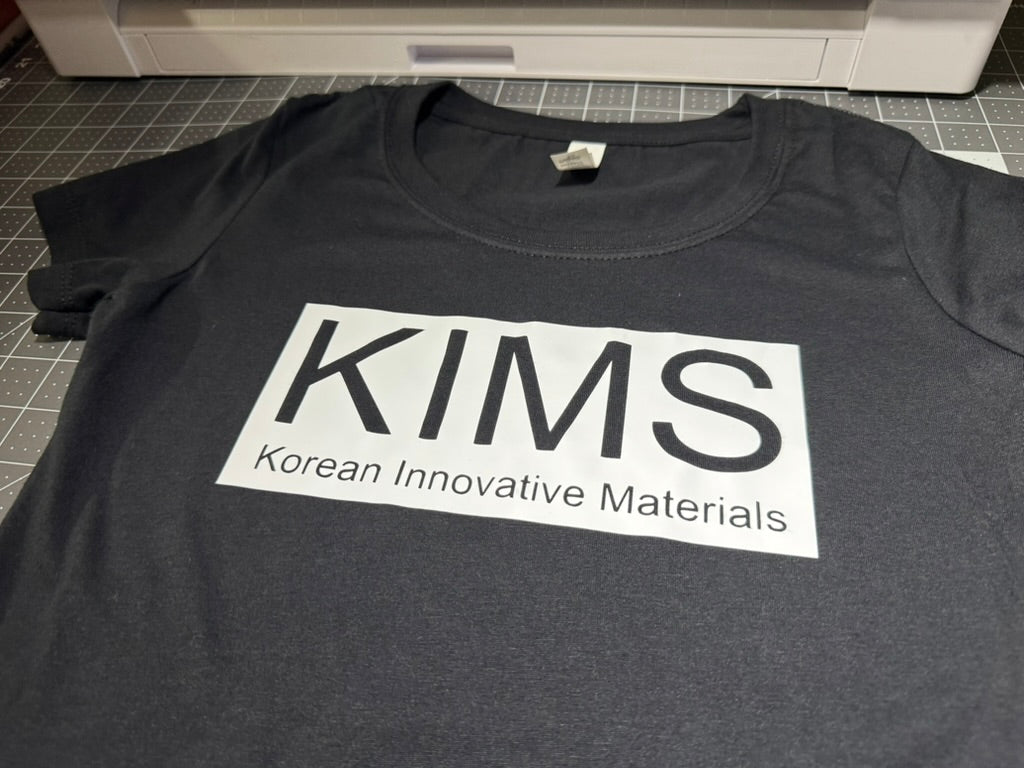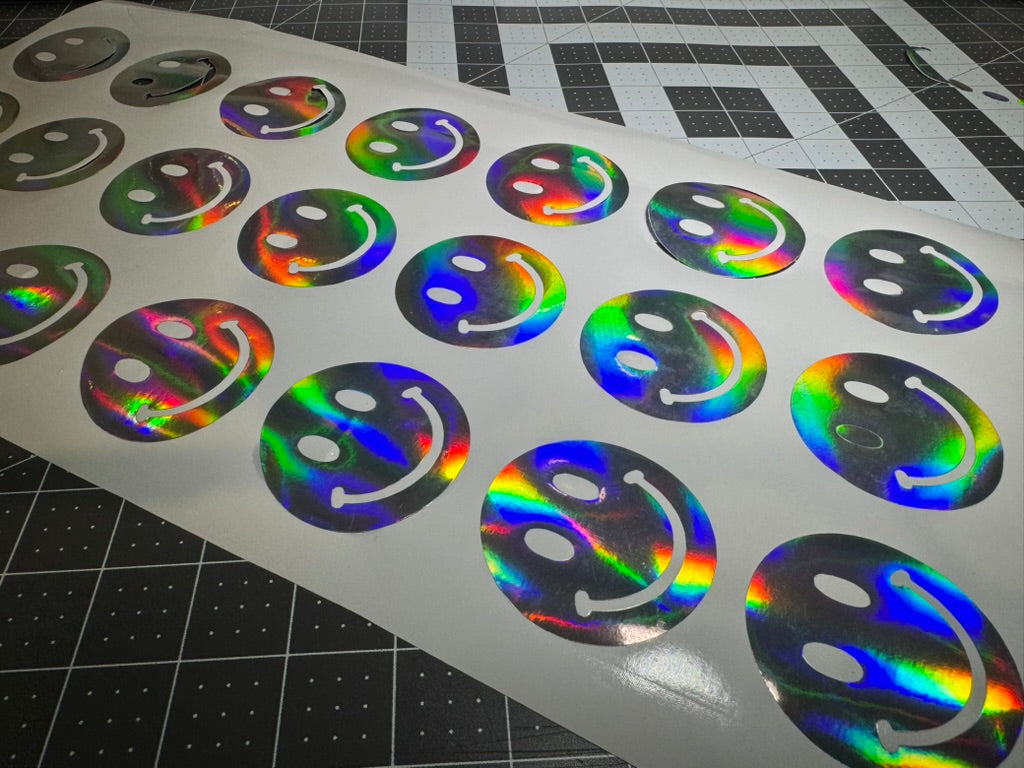When it comes to adding vibrant and personalized designs to apparel, heat transfer vinyl (HTV) has become a popular choice among DIY enthusiasts and professionals alike. With its versatility and ease of use, heat transfer vinyl offers endless possibilities for creating eye-catching and unique designs on garments. In this blog post, we will explore what heat transfer vinyl is, how it works, and why it has gained such popularity in the realm of apparel design.
What is Heat Transfer Vinyl?
Heat transfer vinyl, also known as HTV or iron-on vinyl, is a material specially designed for application on fabric using heat and pressure. It typically consists of a thin vinyl layer with an adhesive backing and a protective carrier sheet. HTV comes in various colors, finishes, and special effects, allowing designers to unleash their creativity and bring their visions to life.
How Does Heat Transfer Vinyl Work?
The application process of heat transfer vinyl involves three primary steps: design preparation, cutting, and heat pressing.
- Design Preparation: Before working with heat transfer vinyl, you need to create or select a design. This can be done using design software or by choosing from pre-made designs. Once your design is ready, it needs to be mirrored (flipped horizontally) since HTV is applied in a reverse manner.
- Cutting: Next, the design is cut from the heat transfer vinyl using a cutting machine or a precision cutter. The machine follows the contours of the design, creating precise and clean cuts. After cutting, the excess vinyl is removed in a process called weeding, leaving only the desired design on the carrier sheet.
- Heat Pressing: The final step is heat pressing the design onto the garment. The carrier sheet with the design is placed on the fabric, and heat and pressure are applied using a heat press or an iron. The heat activates the adhesive on the vinyl, causing it to bond with the fabric. Once the vinyl has cooled down, the carrier sheet is peeled off, leaving the vibrant design adhered to the garment.
Versatility and Ease of Use
Heat transfer vinyl offers remarkable versatility and ease of use, making it accessible to beginners and professionals alike. Here's why it has become a go-to choice for apparel designs:
- Wide Range of Colors and Finishes: HTV is available in an extensive array of colors, finishes, and effects. From solid colors to glitter, metallic, holographic, and even patterned vinyl, the options are virtually limitless. This versatility allows designers to create designs that match their unique style and cater to various design aesthetics.
- Customization and Personalization: Heat transfer vinyl enables customization and personalization like no other medium. Whether you're designing team uniforms, personalized gifts, or promotional items, HTV allows you to add names, numbers, logos, or intricate designs to make each item one-of-a-kind. The ease of cutting and weeding also ensures that complex designs can be achieved with precision.
- Durability and Washability: When applied correctly, heat transfer vinyl creates durable and long-lasting designs. HTV is designed to withstand regular wear and tear, maintaining its vibrant colors even after numerous washes. It adheres firmly to the fabric, ensuring that the design stays intact and resists cracking, fading, or peeling.
- Accessibility and Affordability: Heat transfer vinyl is readily available in craft stores, online marketplaces, and specialty suppliers. It is relatively affordable, making it a cost-effective option for small-scale businesses, hobbyists, and individuals looking to explore their creativity.
Conclusion
Heat transfer vinyl has revolutionized the world of apparel design by offering a versatile, user-friendly, and cost-effective solution for adding personalized and vibrant designs to garments. Its ease







